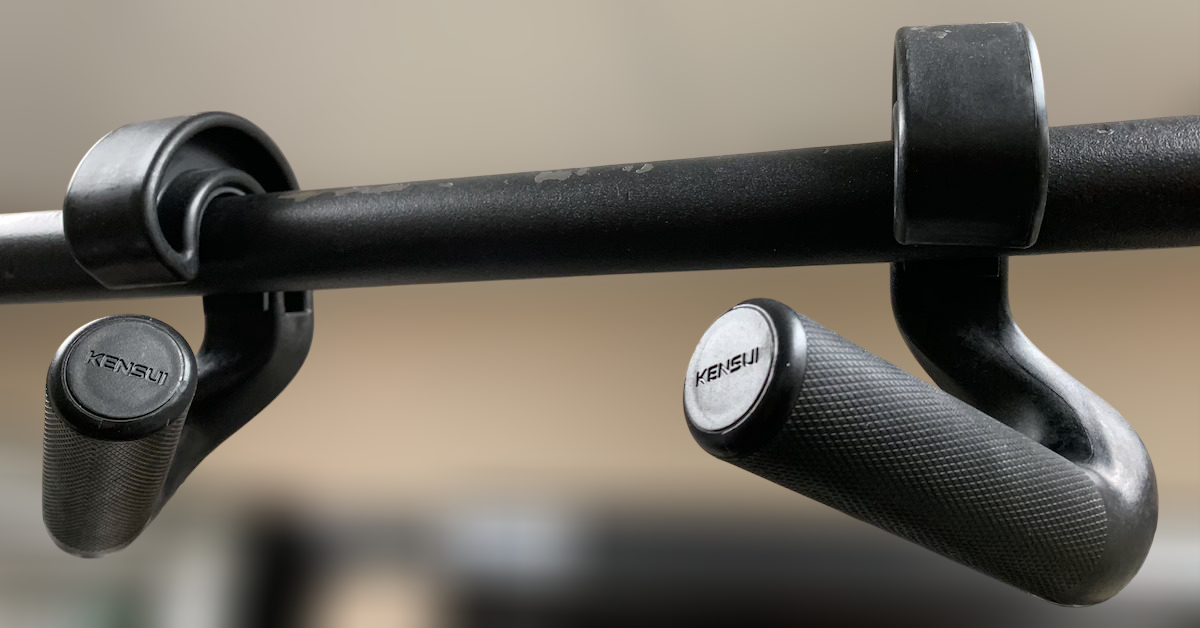Foam rolling, a popular form of self-myofascial release, is often touted for its potential benefits—one of which is reducing pain during workouts. The irony, of course, is that foam rolling itself can be quite painful, especially when you’re just starting out.
Pain Tolerance and Foam Rolling
Pain tolerance plays a role in how you approach foam rolling. You wouldn’t start rolling your iliotibial (IT) band with both legs stacked—that would be unbearable! Instead, you ease into it by rolling one leg at a time, eventually progressing as your tolerance increases (and possibly as your soft tissue extensibility improves).
Most coaches recommend applying just enough pressure to relax the muscle without causing excessive pain. That’s sound advice, but the reality is that beginners will experience discomfort—especially when rolling over tight or problematic areas.
Foam Rolling as a Muscle Balance Tool
Pain can inhibit muscle function, which isn’t always a bad thing. If a short, tight, and overactive muscle is first inhibited (through rolling) and then immediately followed by activation of a weaker, opposing muscle, this can promote better muscle balance around a joint. In simple terms:
- Relax the “tight” tissue
- Activate the “weak” tissue
This method can help optimize performance and reduce injury risk. However, indiscriminately attacking every muscle with a foam roller isn’t the answer—be strategic, like a sniper, not a bomber!
The Problem with Too Much Pressure
Applying excessive pressure or enduring too much pain is never beneficial. This is one of the major issues with deep tissue massage—if it leaves you black and blue the next day, you’ve caused too much trauma and triggered unnecessary inflammation. Similarly, excessive foam rolling can do more harm than good.
Think of a foam roller as a tool in your training toolbox. Like a sander used to smooth out wood, too much or too frequent use can be counterproductive. Sometimes, just a few strokes with fine sandpaper will do the job—there’s no need to go overboard.
Foam Rolling: A Temporary Tool, Not a Permanent Fix
Using a foam roller in your warm-up can be beneficial, but that doesn’t mean you should rely on it indefinitely. Eventually, if done consistently, foam rolling should become less painful. And when that happens, it’s time to stop using it before training.
Why? Because once the pain is gone, the supposed benefits disappear as well, and continued rolling could actually reduce performance and increase injury risk. At that point, foam rolling is better used as a recovery tool—something to do at night rather than before a workout.
Long-Term Effects: The Unanswered Question
Acute studies show some benefits to foam rolling, but research on its long-term effects is limited and often conflicting (Beardsley & Škarabot, 2015). Like any training or recovery method, you need to assess its effectiveness for you over time. Don’t just do it because everyone else is! What works for you today may not work for you tomorrow, so keep an open mind.
Take-Home Message
- Try foam rolling as part of your warm-up—observe how it affects your performance.
- If foam rolling stops being painful after several weeks, stop doing it before workouts—its benefits have likely run their course.
- Use it as a recovery tool instead, separate from training (e.g., at night).
- Don’t follow trends blindly—assess what works for you long-term.
Like any tool, foam rolling should serve a specific purpose. If it no longer provides value, set it aside and move on to what does!

Upgrade Your Pull-Ups with Swissies-SP Handles
Pull-ups are one of the best exercises for building back and arm strength—but not all pull-up bars are created equal.

No Time to Walk After a Meal? Do This Instead!
By now, most people know that getting in daily steps is essential for overall health. In particular, taking a short

Stay Fit on the Fly: No-Excuse Workouts for Travelers
One of the biggest challenges people face when traveling is maintaining their exercise routine. The two most common excuses? Lack
follow
Error: No feed with the ID 2 found.
Please go to the Instagram Feed settings page to create a feed.
